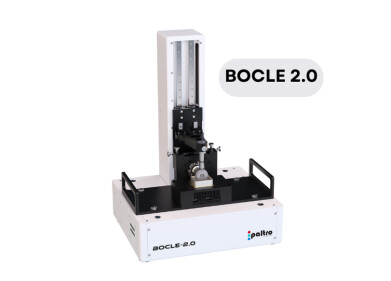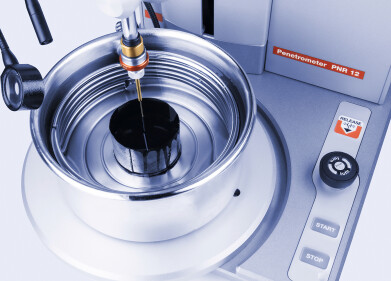Measurement and testing
Emerson extends control capability of wireless vibrating fork
Jun 19 2013
Emerson Process Management has enhanced its Rosemount 2160 IEC 62591 (WirelessHART®) vibrating fork liquid level switch with faster update rates and advanced broadcasting functions to improve its suitability for critical level control applications. The 2160 also features improved diagnostic capabilities that help to reduce plant maintenance costs. Typical applications for the level device include overfill protection, high and low level alarms, pump control (limit detection), pump protection, and empty pipe detection.
The Rosemount 2160 level switch now provides one second update rates, extending the range of suitable level control applications to include fast moving applications, such as those found in batch filling. Wireless network redundancy and robustness enable customers to confidently extend their use to critical monitoring and control applications.
For monitoring applications, a unique trending capability enables the collection of data samples for a specified device variable. This reduces the number of transmissions over the wireless network, optimising power module life. A new advanced broadcasting function ensures that changes in process value, frequency of the vibrating fork, battery voltage or temperature are transmitted immediately, thereby improving both safety and diagnostic capability.
The 2160 has no moving parts and requires minimal maintenance. The condition of the forks is continuously monitored to help identify corrosion, build up or damage. Plant-wide alerts can be configured to warn of changes to an instrument’s status, giving operators advanced warning of any potential health problems.
Should an operator need to inspect the unit, a new ‘squawk’ feature helps operators identify a specific device. An integral LCD display showing switch output states and diagnostics provides real time, accurate verification of process conditions.
The 2160 liquid level switch is virtually unaffected by flow, bubbles, turbulence, foam, vibration, solids content, coating, liquid properties and product variations. It is designed for use in extreme temperatures and performs in harsh process conditions that are unsuitable for other switches. Two models are available, covering the temperature range -68° to 260°C (-94° to 500°F).
To discover more, watch the video.
Digital Edition
PIN 25.6 Buyers' Guide
January 2025
Buyers' Guide Directory - Product Listings by Category - Suppliers Listings (A-Z) Articles Analytical Instrumentation - ASTM D7042: The Quantum Leap in Viscosity Testing Technology -...
View all digital editions
Events
SPE Hydraulic Fracturing Technology Conference and Exhibition
Feb 04 2025 The Woodlands, TX, USA
Feb 05 2025 Guangzhou, China
Trinidad and Tobago Energy Conference 2025
Feb 10 2025 Point Lisas, Trinidad
Feb 11 2025 Lagos, Nigeria
Feb 13 2025 Manama, Bahrain



















